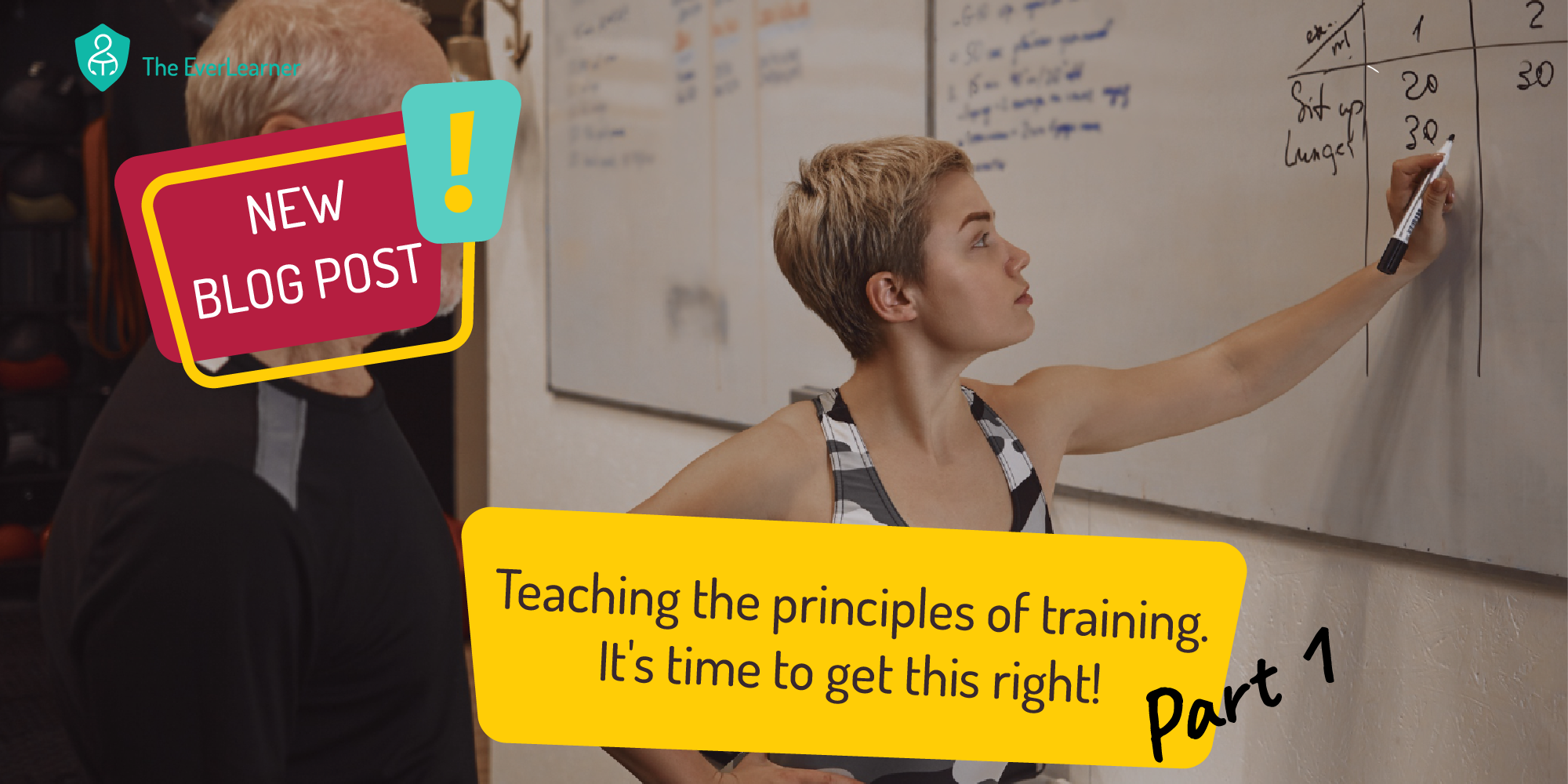Can Sport Science help the men’s England Football Team to win Euro 2024?
Dear reader,
I am writing this post to both provide an intriguing article for classroom-based PE students on courses such as A-level PE and for the wider community to have an insight into the types of learning that PE students do whilst in schools and sixth forms.
Let me be clear: I am an England football fan. I have watched both the men’s and women’s teams for decades and I have witnessed close to every England match for the past 35 years. This article is in no way an attempt to criticise the current England men’s football team or its coaches or support staff, all of whom seem to be giving everything to the cause. Rather, I am sharing my impressions and experiences about group dynamics and team cohesion based on my teachings of the past 25 years because the current men’s team, despite having progressed in the Euro 2024 tournament to the quarter-finals stage so far, seem to be seriously lacking in strong (performance-based) group dynamics and cohesion. Therefore, I want to offer some thoughts and potential solutions on how the men’s England camp can put things right and, perhaps, go on to win the tournament.
So, let’s start here: as of Monday, July 1st 2024 (when I write this), the men’s England football team has qualified from the group stages of the Euros 2024 and has progressed into the quarter-finals but has done so with underwhelming performances against Serbia, Denmark, Slovenia and Slovakia. England’s results have been as follows:

Taken from BBC.co.uk/Sport
Whilst many fans and pundits are pleased to see England’s men progress, the same people have been very critical of the quality of England’s performances. This would seem fair given that, despite their progression, the England team have scored only three goals (in normal time) in four games, conceded two and have only –technically– won one match, which was a narrow 0-1 scrape past the lowest-ranked team in their group, Serbia. Furthermore, England’s most recent performance (a 1-1 draw with Slovakia that was converted to a 2-1 win in extra time) involved the England team being seconds away from defeat and only a long throw, headed flick-on and an amazing bicycle kick by Jude Bellingham that saved them in the 96th minute of the game.

Photo courtesy of The Australian
It is worth pondering whether, if the game against Slovakia had finished 90 seconds earlier, the defeat would have been considered the worst-ever England men’s performance of all time.
So, England are scraping through but playing poorly. England has world-class players but at times struggle to achieve coherent attacks. England are ranked the fifth best team in the world and are, perhaps, on the verge of Euro 24 knockout if performances don’t improve.
So what’s going wrong?
Whilst I am not at the games and not in the England camp, I do think that some fundamental sports science theories could help to unlock some of the answers to these questions.
Steiner’s model of group productivity is a great place to start:

Steiner claims that the actual productivity (how well they play and achieve) of a team or group is a sum of two variables:
Potential productivity: This is the total of the skills, knowledge and experiences that all members of the group bring. This is Harry Kane’s scoring ability plus Jude Bellingham’s running and leadership ability plus Bukayo Saka’s wing play plus Declan Rice’s midfield stewardship… It is also the quality of coaching, management and leadership that the group is experiencing from Gareth Southgate and his team. Potential productivity is, in essence, what the England team is theoretically capable of achieving.
Faulty processes: This is everything that goes wrong in the process of trying to reach the potential. Speaking broadly, there are two groups of faulty processes:

Therefore, I am going to argue that Steiner’s model relates to the England men’s team approximately like this:
If we assume for a moment that the England team’s potential is high (given the quality of players and experiences that each player has), our attention naturally needs to turn to the faulty processes that are occurring and which are preventing this high-potential group from reaching their level.
Steiner suggests that faulty processes are of two types but, below, I am going to argue that this is more nuanced than it first appears. According to Steiner, faulty processes can appear as “motivational” or “coordinational” losses. When introducing this idea to first-time students, I talk of two groupings of errors:
| Motivational loss | Coordinational loss |
| Effort | Tactics, strategies and decisions |
*You will notice that things like technique are not included as faulty processes because these are accounted for in the concept of potential productivity.
So let’s make a base statement:
Therefore, surely, motivational losses are not the issue. Every pundit I have listened to has said something along the lines of: “There’s no lack of effort but…” However, I hold a different perspective. Motivation is multi-dimensional: it has both an intensity (trying hard or not) and a direction. Motivation occurs in relation to a part of the brain called the reticular activating system (RAS). It is the RAS that controls the intensity and direction of motivation.
Let’s use an analogy: let’s say you’re lying in a hammock, reading a book with a cold glass of whatever you enjoy on the table beside you. A small bee buzzes past you. For a moment, your attention is drawn away from your book and you look up to see that the bee is no threat. You return your attention to the book and continue to relax. You probably wouldn’t even know what happens to the bee after you perceive it and you are motivated to continue reading and relaxing. Now, imagine that same scenario but the bee that appears in front of you is 30cm long and weighs half a kilo. What would happen to your attention and motivation? What would happen with the book and reading? What would you do? The RAS would increase the intensity of motivation and redirect it to evade this mega-bee. We would probably all run away screaming.
So, let’s all agree that the England players and staff are trying hard. Absolutely they are! But, if we consider the direction of their motivation, a different answer and solution might appear. There appears to be little benefit in simply trying harder as the potential gains are very few. But redirecting motivation could be impactful if done so accurately.
Let’s take an example: Kyle Walker is an excellent Man City and England football player. He is a defender and is almost superheroically fast. If we present two different goals for Kyle in an attempt to direct his motivation, which of the following is more likely to have an impact?
Goal 1: “Kyle, be more motivated, try harder, run more, put your body on the line.” Or…
Goal 2: “Kyle, given your pace and the capacity for you to recover rapidly, focus on encouraging the other members of the back four to be confident enough to bring the defensive line higher knowing that you are there, by their side, in case of emergency (counter-attack). This will allow the entire team to play higher up the pitch and create more pressure on our opponent.”
Look closely at goal 2. Whilst others may differ on the tactical instruction (I’m sure Gareth Southgate would), can you see how clear the goal is and how it specifically motivates Kyle Walker to perform specific actions that may –and I stress may– impact the England team’s performance?
Whether Kyle runs hard (which he will), tries his best (which he will) or shouts instructions (which he will) is now specifically focused on a motivational strategy for both him and others.
Meanwhile, a conversation with Jon Stones, a fellow defender and, perhaps, one of the individuals concerned about playing high up the pitch might go like this:
“Jon, trust Kyle to call the back line. When he brings the back line up, it is specifically because he has been given that instruction. Achieve Kyle’s defensive line 100% of the occasions he calls it, please.”
Now, you might be thinking that these are coordination instructions and, to some extent, they are. However, my focus in conversations like this is to give the players a very specific motivational focus, to direct their motivation into game-impacting decisions. Naturally, these strategies will be played out on the training pitch in preparation ensuring that every member of the team appropriately reacts to the situations described but the feeling and the motivation to achieve this has to come first and has to be specifically directed.
One way to achieve this motivational buy-in is to ensure that performers know why the focus of motivation is changing or why they are being coached and instructed the way they are.
The importance of motivation and controllability
Have you ever noticed this concept? In sport, we don’t win most of the time. Think that through. Take the average footballer, sprinter, swimmer, or tennis player and consider what proportion of time they win.
One could argue that the average footballer would win a match 33% of the time given that wins, losses and draws are all possible outcomes. The tennis player, at 50% perhaps. But the sprinter and swimmer, who typically race in batches of eight with only one winner, would win, on average, 12.5% of the time. In other words, winning is not a controllable factor in sport. Being motivated to win and nothing more is problematic. Let’s assume that at some point soon, the men’s England football team produces a perfect performance. They do everything they can and reach their potential. Even if this happens, the opponent might perform 1% better and win or a piece of luck or the referee’s decision could intervene to change the outcome. In other words:
Athletes need that dream goal, they need to imagine themselves lifting that trophy but, more than that, they have to be motivated by controllable factors that will impact their performances.
Let’s go back to Kyle Walker’s goal from above:
Would you agree with me that this goal is entirely controllable? It doesn’t mean that England will win but it does give Kyle a clear focus on an aspect of performance that he can control and, one would assume, increases the probability of winning. Controllability matters!
Faulty processes as coordination losses
As we’ve seen above, Steiner does not only recognise motivation as potential for faulty processes. Rather, coordination losses are also very important. A coordination loss is something that goes wrong in the interaction between performers. To be clear: a player cannot produce a coordination loss. This would be, rather, a poor technique and would fall into the consideration of potential productivity. Coordination losses happen in the spaces (metaphorically speaking) between performers.
Take the process of defending a corner in football. To do this successfully, team members need to be coordinated and to understand their specific roles and responsibilities. If something goes wrong between two defensive players and both of them leave a clearance to the other, this is a coordination loss.
Coordination losses are considered to be more common in larger groups. Therefore, coordination losses are more likely in soccer (11 players) compared to basketball (five players) and less common compared to the sport of rugby union (15 players). This is known as the Ringelmann effect. Whilst this is nothing more than an opinion, there appear to be very clear examples of coordination losses in the England men’s team currently. I would argue, for example, that England’s left side is not operating well and also that the team’s performance in transitions between attack and defence and vice versa is problematic. So how should the England coaching staff address this?

The classic thinking would say that all the concepts above reduce coordination losses. Take, for instance, the idea of developing teams within teams. Goals can be set for subgroups of a team. These could be goals for the left-sided defender and left-sided midfielder to achieve. They could be goals for the most attacking/advanced group of five players to attain when a high press can be achieved. Importantly, when coaches use these ideas, they must set their goals specifically on the interaction between the players.
Let’s take another example: select teams where intuition is greater. This is so important. Let’s go back to Steiner’s equation and apply some numbers to it:

In this example, I want you to consider that Gareth Southgate picks his 11 best players. Let’s assume that this means that the potential for that 11 is a very high one. Let’s score it at 95/100. But, perhaps this group has lots of faulty processes and does not have good intuition. This might reduce productivity (performance) by a score of 25. Therefore, this group’s actual productivity would be 70/100.

But, let’s imagine that Gareth Southgate selects his 11 most-cohesive and coordinated players. Let’s say that their potential productivity is only 85/100 but, in these cases, their faulty processes are far fewer and only cause a deficit of 10. This would mean that the team’s actual productivity would be a total of 75/100, 5 greater than the best 11 individual players.

Conclusions
I really respect Gareth Southgate. Furthermore, he has far more information available to him about the players than I do. Perhaps the factors above are all known to him and his response to this article would be something along the lines of “Obvs, James!” But, given what I have personally observed in the England men’s team performances, there is relevance to what is written above.
Finally, I hope that those readers who were less aware of what students learn in GCSE and A-level PE might appreciate some of the intricacies and nuances of what I have written above and offer some kudos to PE teachers and learners who are passionate about these topics.
Thanks for reading.
Good luck to England and all the other teams in Euro 2024!
%20Text%20(Violet).png)


